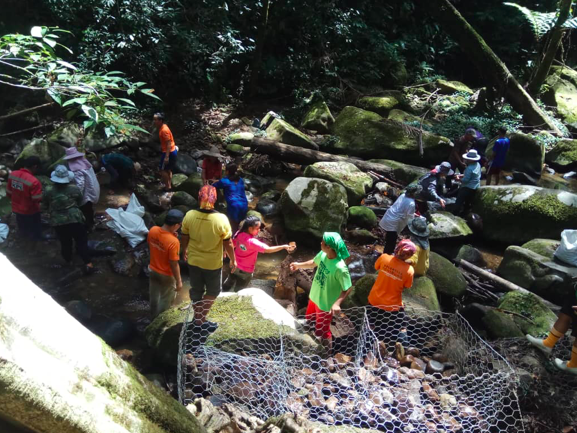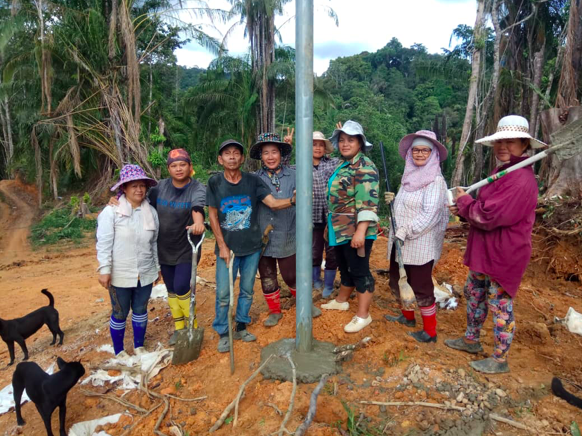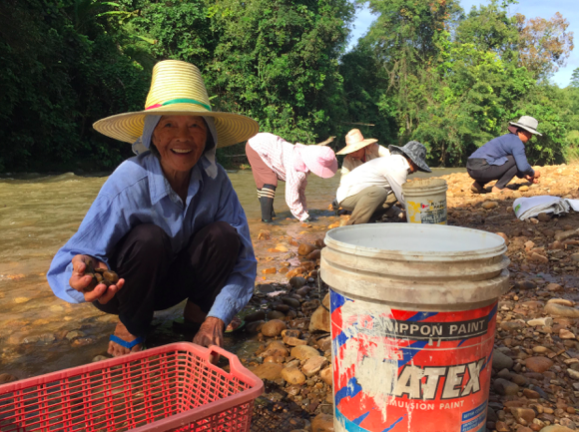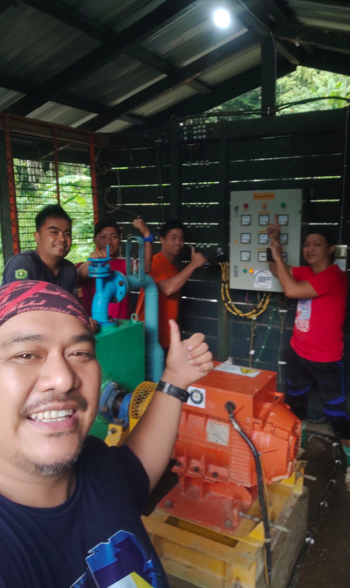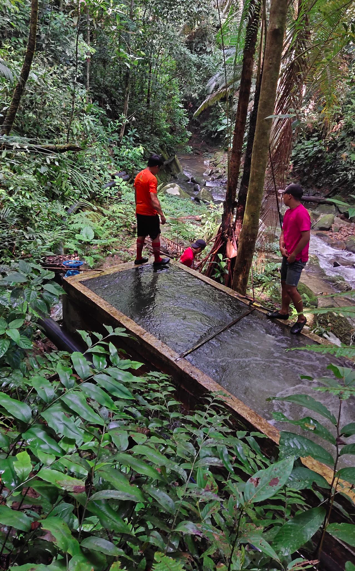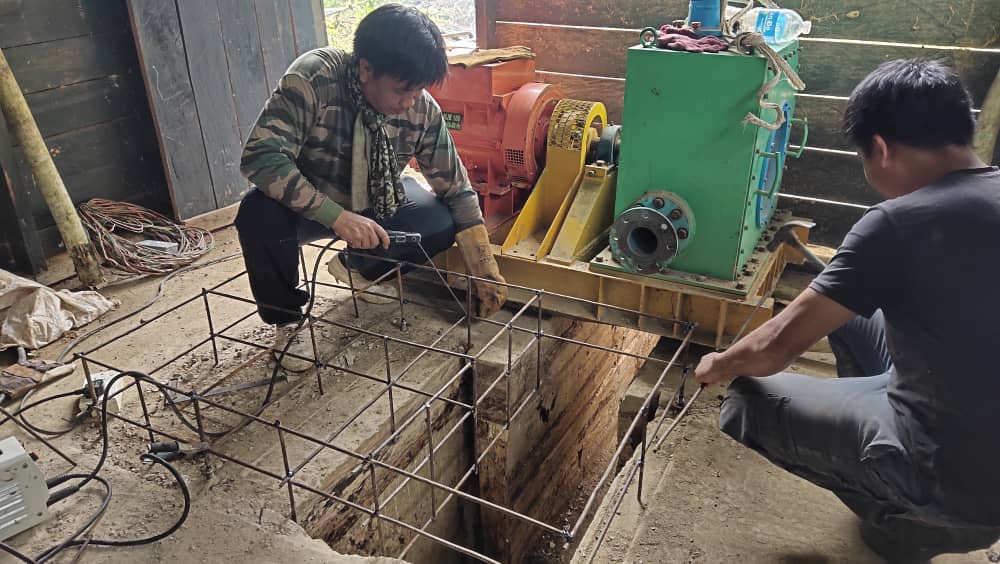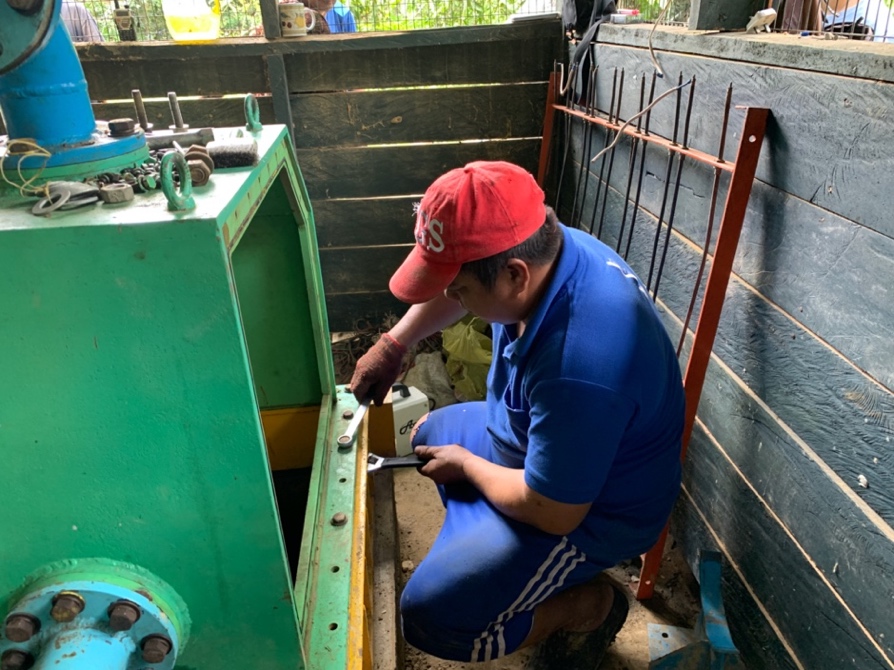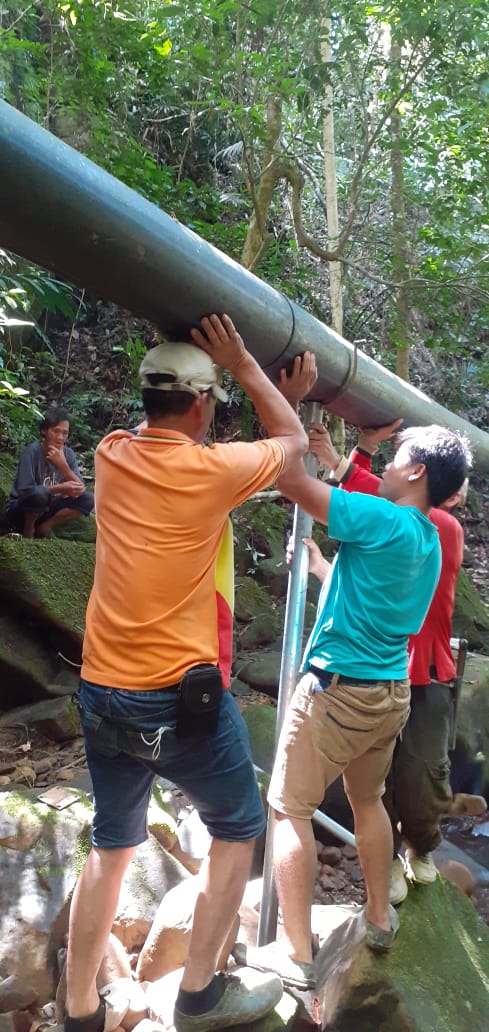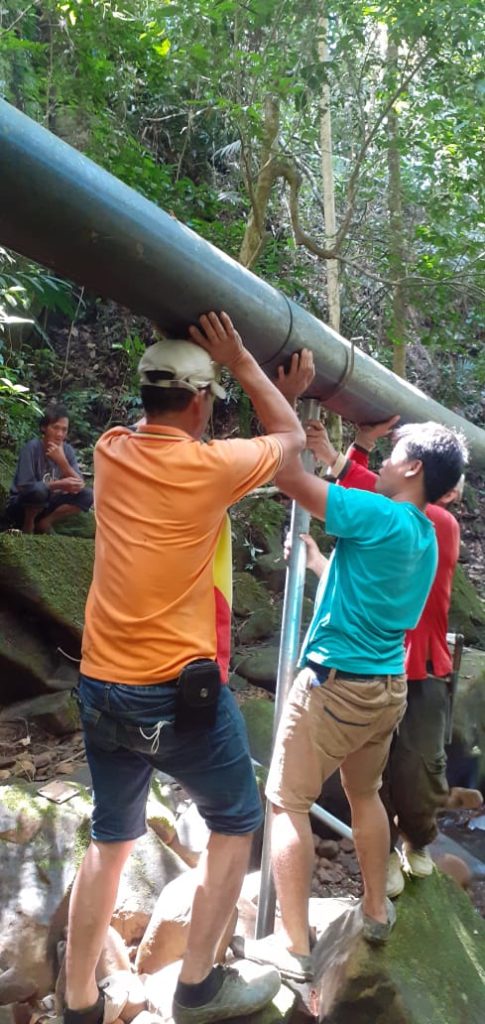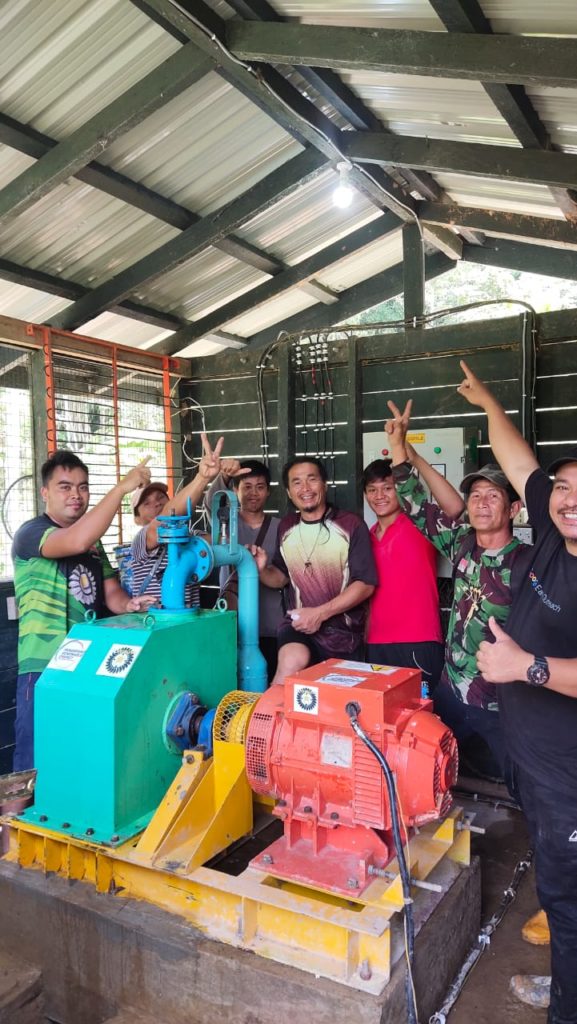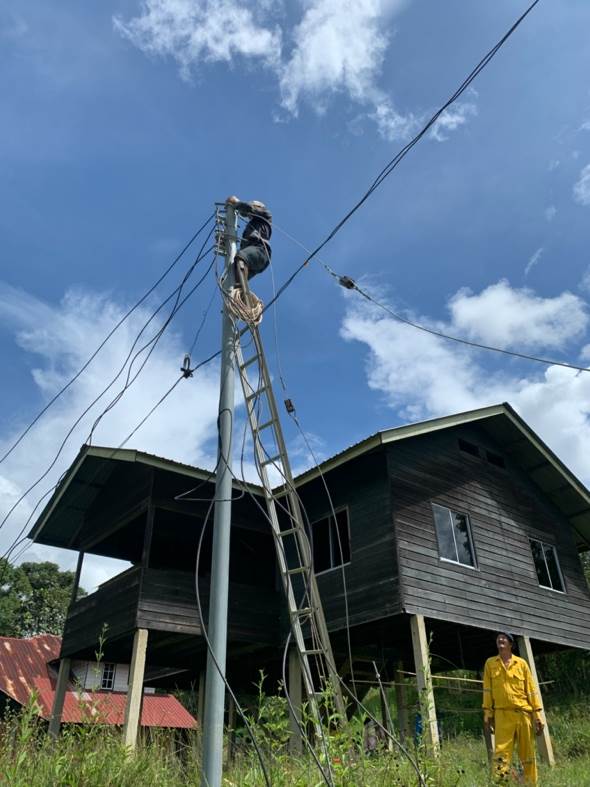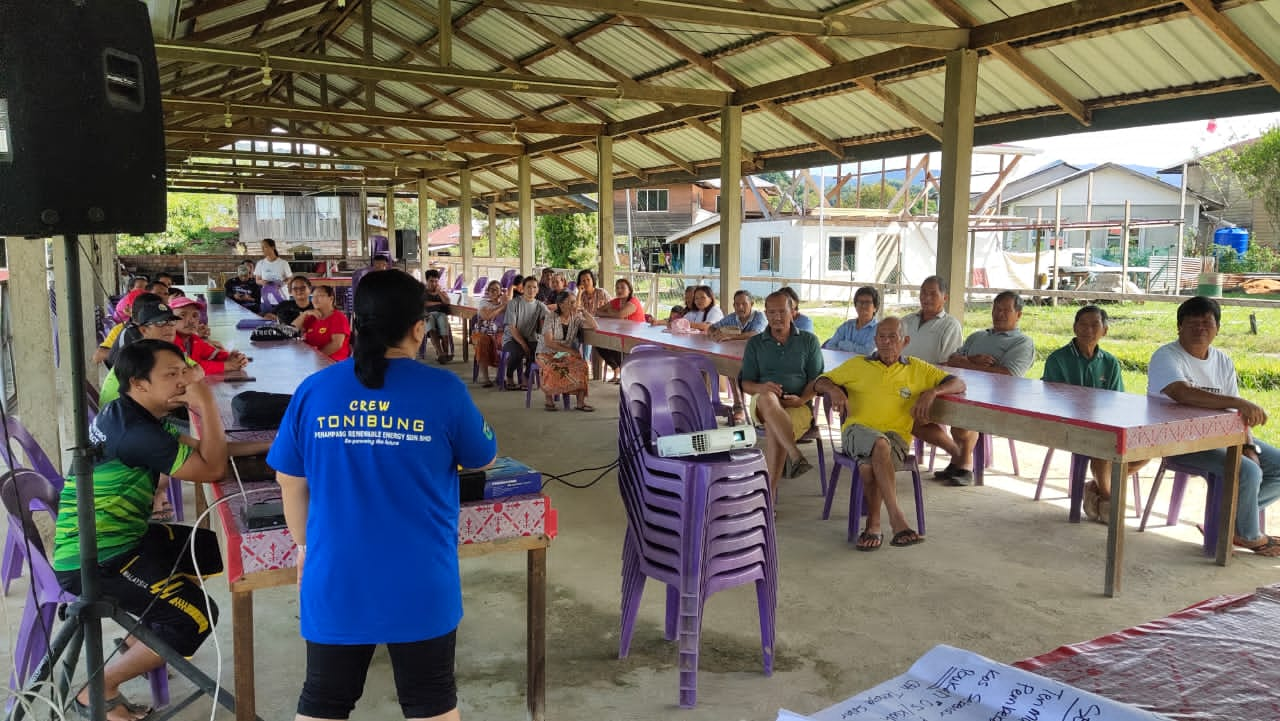The village of Long Tanid sought Seacology’s support to complete a 12-kilowatt micro-hydro installation. The community has agreed to protect more than a thousand acres of pristine Borneo forest for 15 years.
Most people in Long Tanid, a community in the highlands of Borneo, are subsistence rice farmers. The villagers are members of the Lun Bawang ethnic group, an indigenous minority. The men are famous for their traditional tree bark jackets. The organic rice the farmers grow is renowned for its high nutrient content, but they have poor access to markets.
The conservation area is old-growth hardwood rainforest. The region is a biodiversity hotspot, with 130 species of orchids, 40 species of ginger, and the greatest variety of rhododendrons in Borneo. There are an estimated 250 bird species, including the flashy hornbills. Pangolins, gibbons, red langurs, Hose’s leaf monkeys, bearded pigs, and Malayan porcupines also live here. Conserving their habitat will also reduce erosion, siltation, water scarcity in the dry season, and floods in the rainy season.
Like most communities in Borneo, Long Tanid is under constant pressure from timber and oil palm interests; there is a large logging concession nearby. Setting aside the forest for conservation helps the community resist this pressure.
Installing a micro-hydro system helps the community fulfill its dream of forming a rice-milling cooperative. Energy from micro-hydro is 80% cheaper than electricity from a diesel generator. And micro-hydro makes use of the rivers that course down Borneo’s mountains, without disturbing them or the surrounding forest.
Our partner is Green Empowerment, which brings renewable energy to remote communities around the world. We have worked with them other successful Borneo micro-hydro projects. They have also worked with Seacology Prize recipient Adrian (Banie) Lasimbang and his organization, which is known for community engagement and whose engineers are almost all from indigenous communities.


